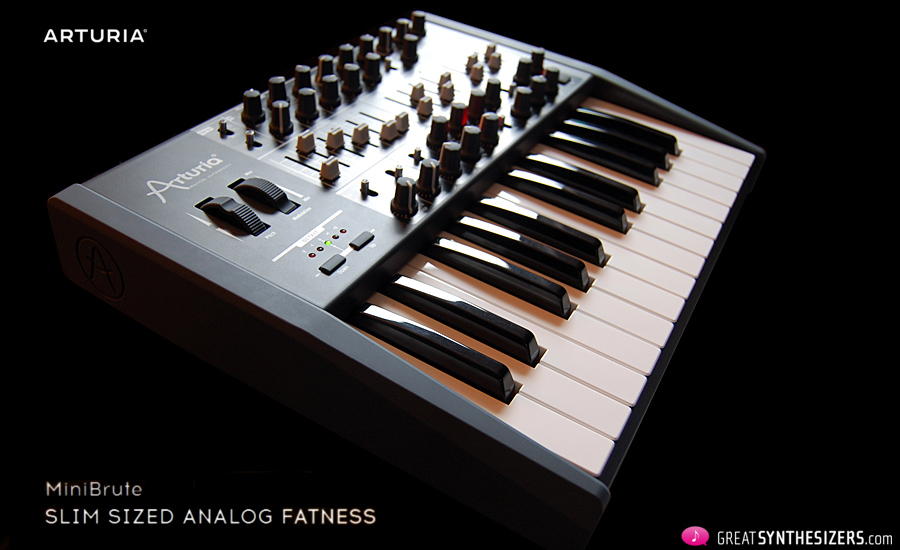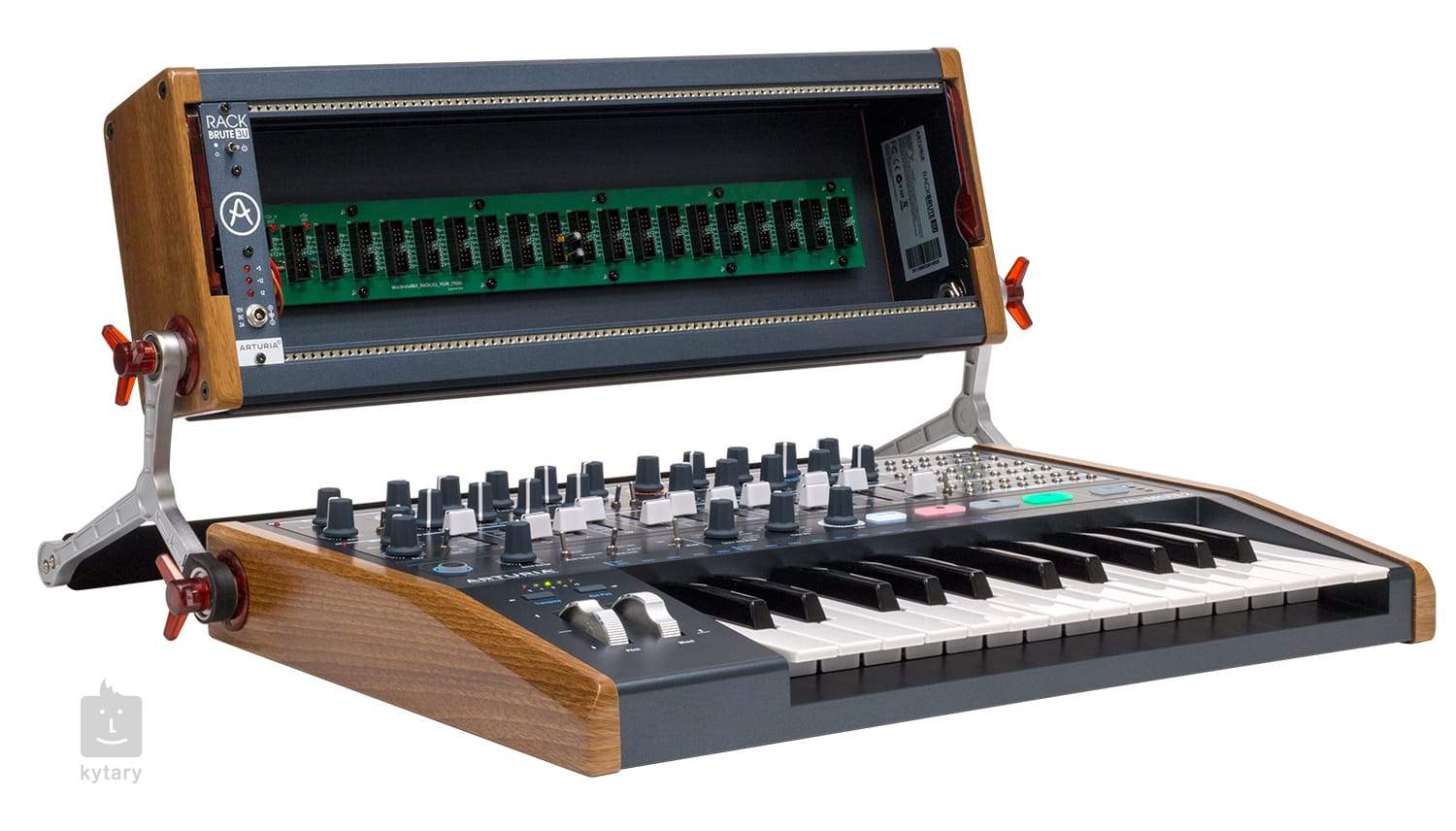



Arpeggiator: hold a note or chord on your keyboard and they will repeat while playing arpeggios and transposing according to the settings you select.This frees the third oscillator to add further depth to the sound or be available as an independent source in the modulation matrix. LFO: an extra oscillator is available for modulation purposes.Modulation matrix: provides up to 8 modulation routings constructed from your choice of 15 sources and 35 destinations.The chorus was carefully engineered to have a “creamy” sound without blurring the natural attack transients of the synthesizer. Delay & chorus: simple parameters, but rich sound.Another example: you can use the voice number itself as a discrete source when in polyphonic mode, which can be a very interesting way to control a parameter. There are two sources based on the Sample & Hold output, and you can even use an audio track from your DAW as a source. To use the modulation matrix as an example, the Vocal Filter X and Y axes are available as independent destinations. While we were carefully modeling the characteristics of the sound, we also added some very imaginative options throughout the synth engine. And with SoundMap, our revolutionary new preset navigator, explore different presets by group or morph between them by clicking anywhere on the map, to get that perfect vintage sound. The new vocal filter expands sonic possibilities with a formant-analysis based effect: now you can make that Moog talk! The modulation matrix has been dramatically improved, with new sample and hold inputs as well as added destinations. The Mini V3 has an added advanced automation mode, allowing you to record realtime changes on up to four parameters of your choice.


 0 kommentar(er)
0 kommentar(er)
